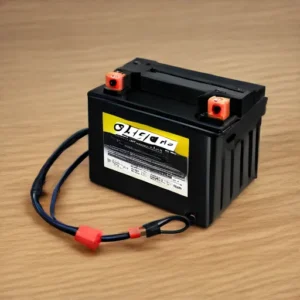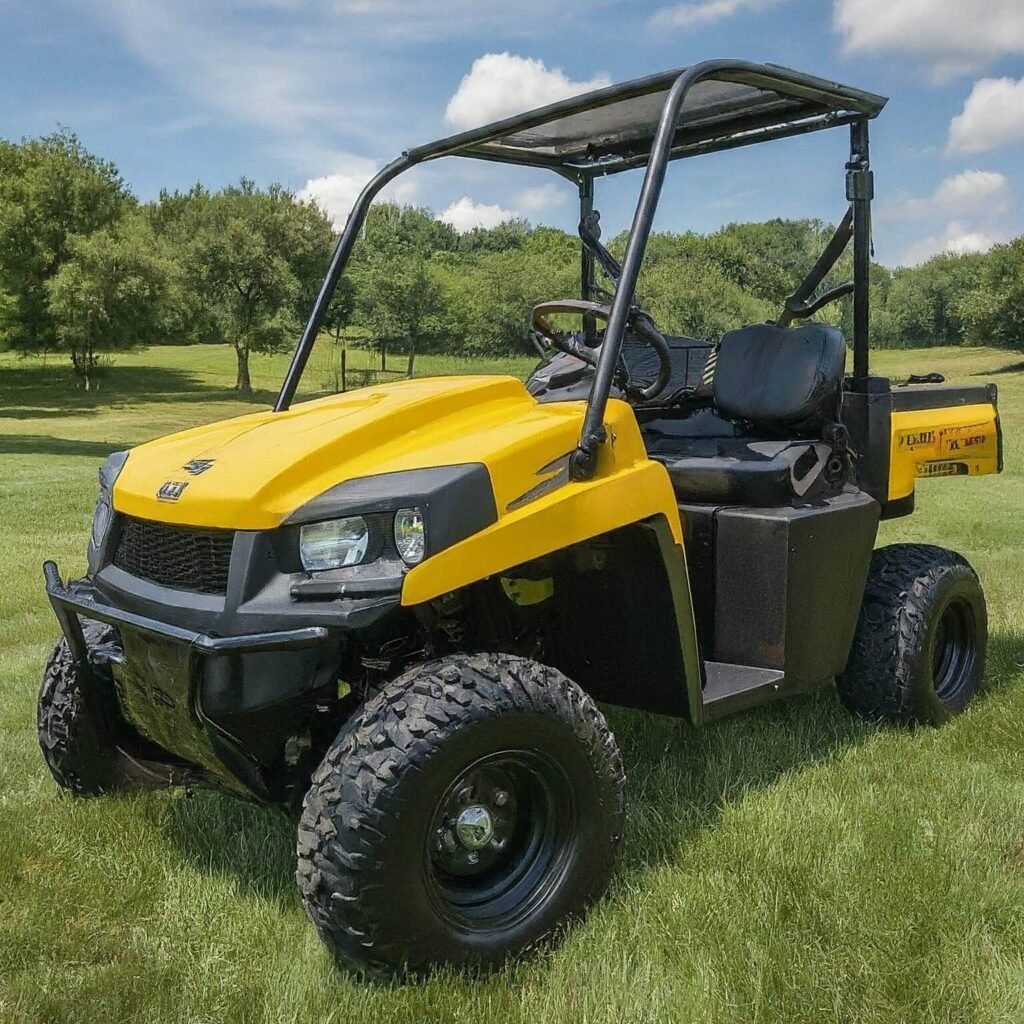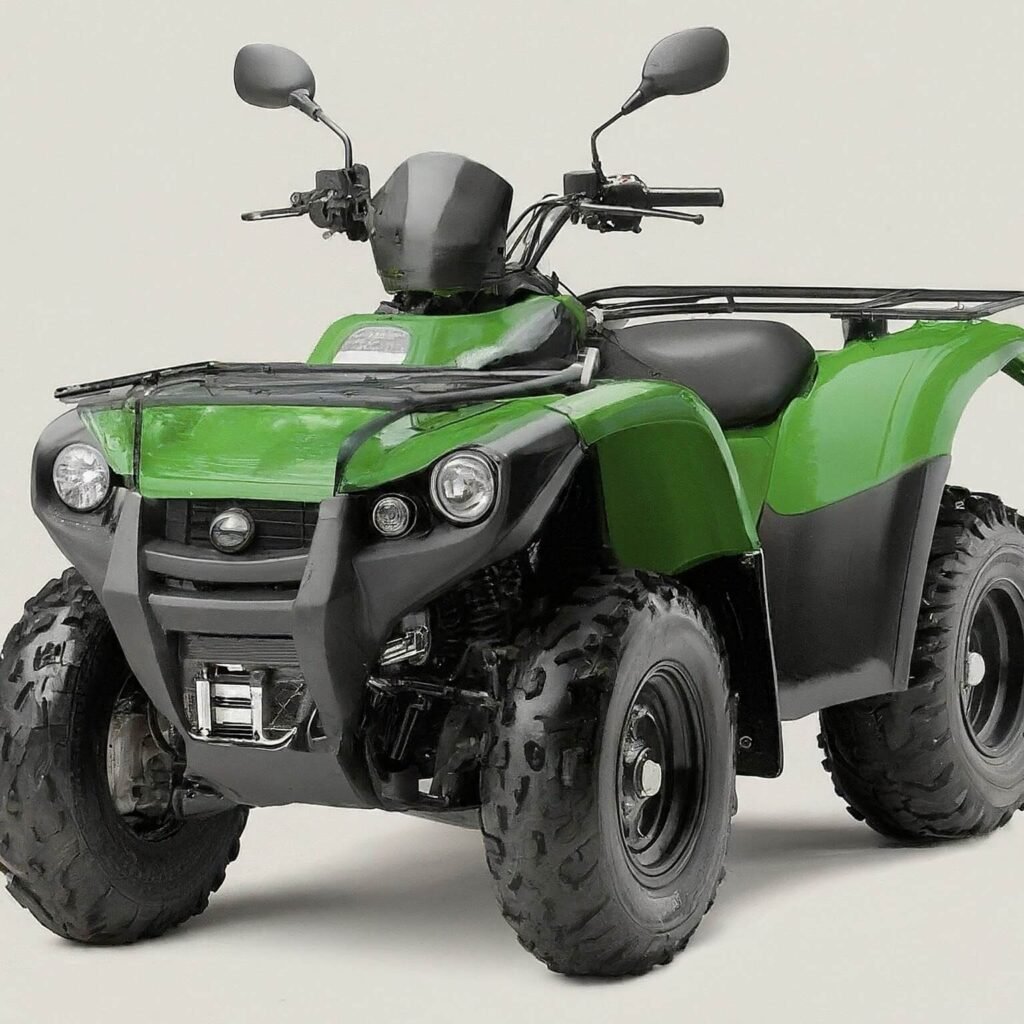Imagine gearing up for an exhilarating off-road adventure on your trusty Kawasaki Bayou 300, only to face unexpected issues that damper your plans. Frustrating, right? Whether you’re a seasoned ATV enthusiast or a newcomer, understanding and tackling the Kawasaki Bayou 300 common problems can save you time, money, and a lot of headaches.
Let’s explore the most frequent challenges and straightforward solutions to keep your Bayou 300 running smoothly and ensure you never miss a beat on your next ride.
Kawasaki Bayou 300 common problems and Fixes
Now, we will explore the most common problems of Kawasaki Bayou 300 with their easy solutions. Also explore the Kawasaki voyager 1700 problems.
1. Starting Problems

One of the most frequent issues is a dead battery. If your ATV doesn’t start, check the battery first. Ensure it’s fully charged and the connections are clean and tight.
Another common problem is a faulty spark plug. Over time, spark plugs can become dirty or worn out, preventing the engine from starting. Check the spark plug for any signs of damage and replace it if necessary.
Fuel Issues
Another starting problem can be related to fuel. Ensure there’s enough fuel in the tank and that it’s clean. Old or contaminated fuel can cause starting issues.
If your Bayou 300 hasn’t been used for a while, consider draining the old fuel and refilling it with fresh gasoline. Also, check the fuel filter for any blockages and replace it if needed.
Starter Motor and Solenoid
If the battery and fuel are in good condition, the problem might be with the starter motor or solenoid. These components are essential for starting the engine.
Listen for a clicking sound when you try to start your ATV. If you hear it, the solenoid might work, but the starter motor could be faulty. You might need to replace the starter motor or solenoid in such cases.
2. Shifting Problems

A worn-out clutch is one of the primary causes of shifting issues in the Kawasaki Bayou 300. The clutch plates might be the culprit if you find it hard to move.
Another common issue is a stretched or damaged shift linkage, which can make engaging or changing gears difficult. Additionally, low or dirty transmission oil can lead to poor shifting performance. Also explore the Kawasaki KFX 700 problems.
Step-by-Step Solutions to Fix Shifting Problems
Firstly, check your clutch. Inspect the clutch plates for wear and tear. If they appear worn, replacing them might resolve the issue. Secondly, examine the shift linkage.
Ensure all connections are tight and free from damage. Adjusting or replacing the linkage can solve the problem if you notice any issues.
Lastly, don’t forget to check your transmission oil. Ensure it’s at the correct level, and replace it if it’s dirty. Clean oil is crucial for smooth shifting.
3. Engine Overheating
Several factors can contribute to the Kawasaki Bayou 300 engine overheating. One primary reason is insufficient coolant levels. To prevent overheating, ensure that the coolant is topped up regularly.
Another common cause is a malfunctioning thermostat, which can hinder the coolant flow. Lastly, clogged radiators due to dirt and debris can also lead to overheating, as they impede proper heat dissipation.
Solutions
First and foremost, routinely check your coolant levels and top them up as needed. Using high-quality coolant is essential for optimal performance.
Secondly, inspect the thermostat regularly and replace it if it appears faulty. A functioning thermostat ensures that the coolant circulates efficiently.
Lastly, make it a habit to clean your radiator. Removing dirt and debris helps maintain proper airflow and cooling efficiency. Also explore the best offroad vehicles.
4. Brake Problems

The most frequent brake issues reported by Kawasaki Bayou 300 owners include spongy brakes, brake squealing, and uneven braking.
Spongy brakes usually indicate air in the brake lines, while squealing could be due to worn-out brake pads or the accumulation of dirt. Uneven braking often results from misaligned brake components or worn brake pads.
Solutions
Addressing these problems requires a systematic approach. Bleeding the brake lines is essential for spongy brakes. Start by checking the brake fluid level and topping it up if necessary. Then, bleed the brakes to remove any air trapped in the system.
For brake squealing, inspect the brake pads for wear and replace them if worn out. Cleaning the brake components can also help reduce noise.
Finally, ensure the brake components are correctly aligned for uneven braking and replace worn parts.
5. Ignition Switch Problems
The first step in tackling ignition switch issues is identifying the symptoms. Common signs include the engine not starting, intermittent problems, and the ignition key not turning smoothly.
If you notice any of these symptoms, addressing them promptly is essential to prevent further damage.
Diagnosing the Problem
Check the battery’s condition to diagnose ignition switch problems in your battery’s Bayou 300. Ensure it has a full charge and the connections are clean and tight.
If the battery is in good shape, the next step is to inspect the ignition switch itself.
Look for any signs of wear, corrosion, or damage. You can test the switch’s electrical continuity using a multimeter to confirm its functioning correctly. Also explore the Kawasaki Brute Force 750 Problems.
Solutions
Once you’ve diagnosed the problem, the solutions can vary. For minor issues like corrosion, cleaning the ignition switch contacts with an electrical contact cleaner can resolve the problem.
If the switch is worn out or damaged, replacing it might be necessary. For the best results, ensure you use a genuine Kawasaki replacement part. Regular maintenance, including keeping the ignition switch clean and dry, can prevent future issues.
6. Carburetor Problems
Common symptoms of carburetor issues include difficulty starting the engine, poor idling, and unusual engine noises.
If your Bayou 300 is experiencing any of these symptoms, it’s likely time to inspect the carburetor. A clogged jet or a stuck float can often be the culprit, affecting fuel flow and engine performance.
Solutions
First, ensure your carburetor is clean. Dirt and debris can clog jets and passages. Use a carburetor cleaner and follow the manufacturer’s instructions.
If cleaning doesn’t solve the problem, inspect the float. The float should move freely; if stuck, it can cause fuel overflow or starvation. Adjust or replace it if necessary.
Another critical component is the needle valve. A worn or damaged needle valve can cause fuel leakage or irregular delivery. Replacing a faulty needle valve can resolve these issues.
Ensuring all gaskets and seals are intact is also crucial, as air leaks can disrupt the air-fuel mixture.
7. Clutch Adjustment Problems
One of the most frequent issues with the Kawasaki Bayou 300 clutch is improper adjustment, which can lead to slipping or difficulty in shifting gears.
This usually happens when the clutch cable is too tight or loose. A tight cable will prevent the clutch from thoroughly engaging, causing slippage, while a loose cable can result in the clutch not disengaging correctly, making it hard to shift gears.
Another problem is wear and tear on the clutch plates. Over time, the plate’s friction material can wear down, leading to a loss of grip.
This can cause the clutch to slip even if the cable is adjusted correctly. It’s essential to regularly inspect the clutch plates for signs of wear and replace them as needed.
How to Adjust the Clutch on a Kawasaki Bayou 300
Adjusting the clutch on your Kawasaki Bayou 300 is a straightforward process, but it requires attention to detail:
- Locate the clutch cable adjustment nuts. These are usually found near the clutch lever on the handlebar and the clutch arm on the engine.
- Loosen the locknut and adjust the cable tension using the adjuster nut. You’ll want to achieve a slight amount of free play in the clutch lever, typically around 1/8 to 1/4 inch.
- Tighten the locknut once you’ve set the correct tension to secure the adjustment.
This simple adjustment can often resolve clutch slipping or difficulty shifting gears. However, if the problem persists, you may need to inspect the clutch plates and springs for wear and replace them if necessary.
8. Battery Problems

Several battery-related issues can affect the performance of your Kawasaki Bayou 300. Here are the most frequent ones:
- Dead Battery: This is the most common issue, often caused by leaving the ATV idle for extended periods.
- Corroded Connections: Corrosion on battery terminals can prevent the battery from charging properly.
- Faulty Charging System: If the charging system is not working correctly, the battery won’t charge while the ATV runs.
Solutions
Understanding the problems is the first step; now let’s look at the solutions:
- Regular Maintenance: Regularly check the battery and clean the terminals to prevent corrosion. Use a mixture of baking soda and water for cleaning.
- Battery Tender: If you don’t use your ATV frequently, invest in a battery tender to keep the battery charged.
- Check the Charging System: Use a multimeter to check the battery’s voltage while the engine is running. It should read between 13.5 to 14.5 volts. If not, you may need to inspect the stator, regulator, or rectifier.
When to Replace the Battery
Sometimes, the best solution is to replace the battery entirely. If your battery is over three years old or fails to hold a charge even after trying the above solutions, it’s time for a replacement. Ensure you choose a high-quality battery to avoid future issues. Also explore the Kawasaki Concours 1000 Problems.
Conclusion
By following this guide, you can easily eliminate the Kawasaki Bayou 300 problems because I provide complete details about it.

